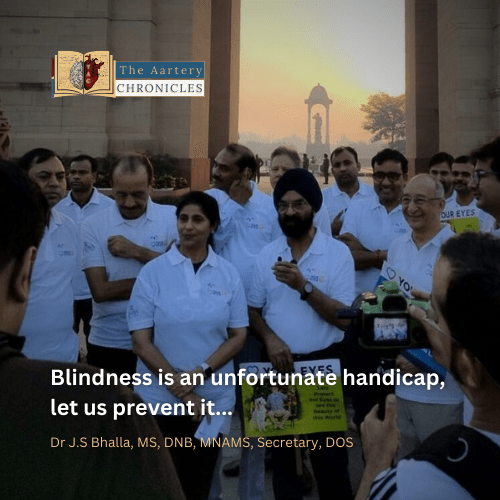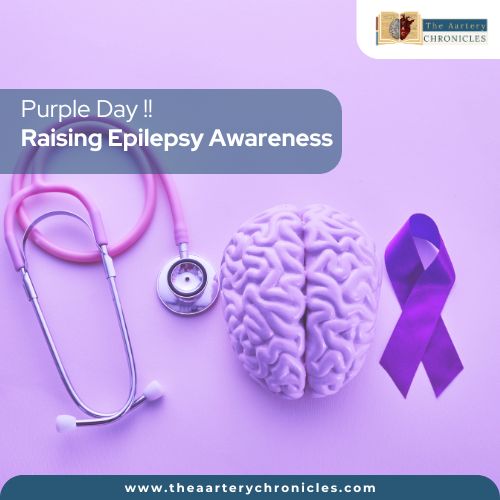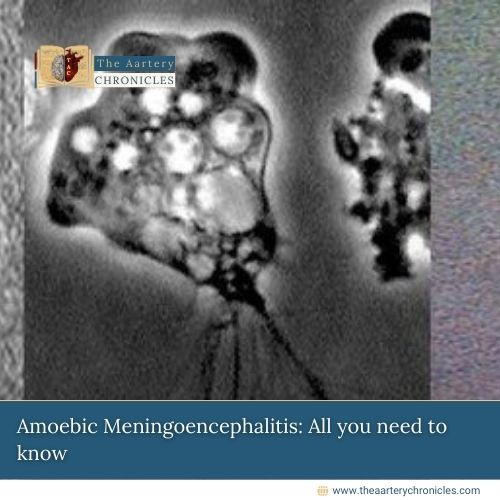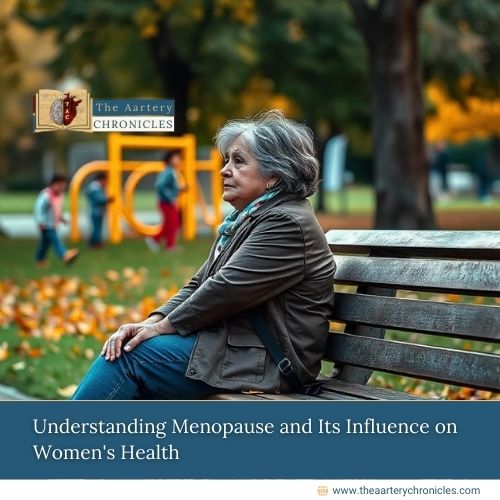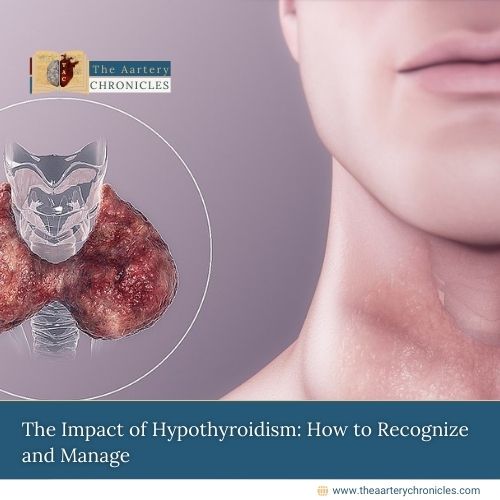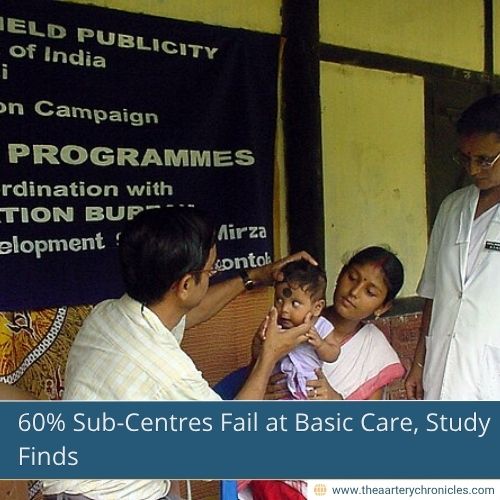
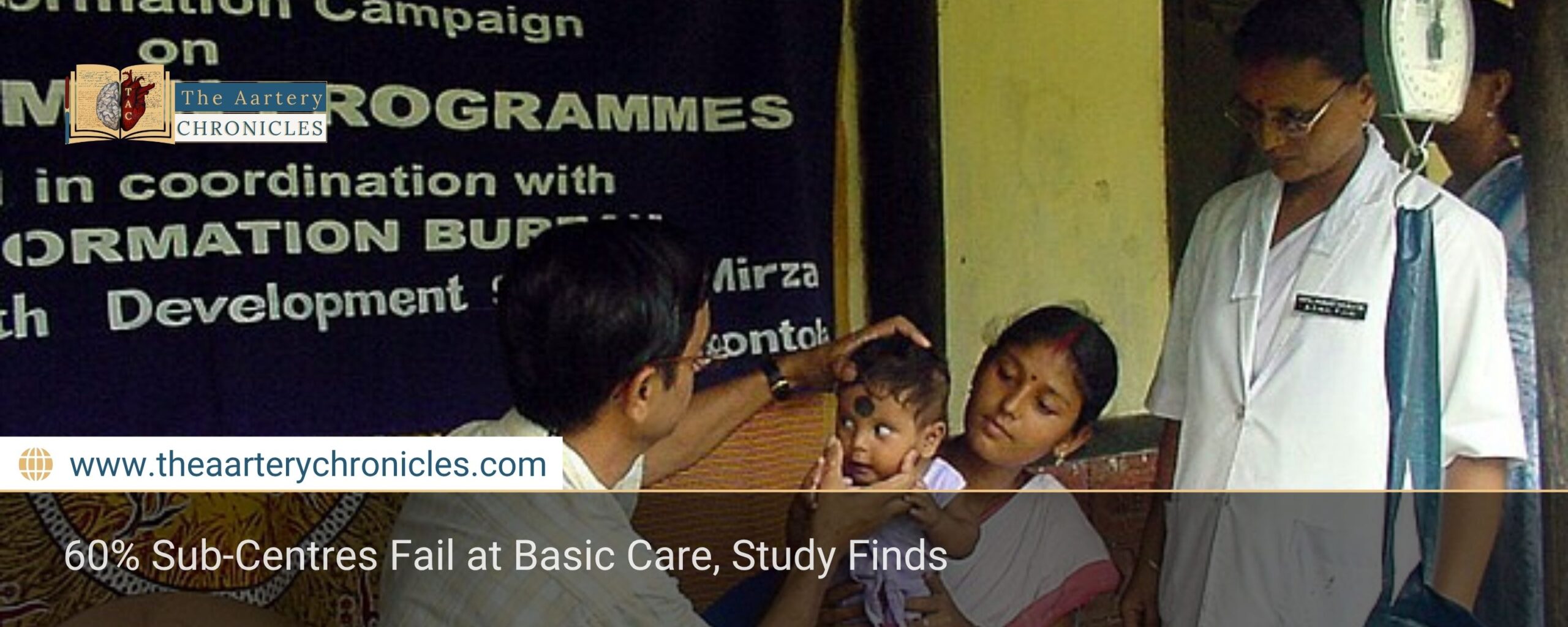
60% Sub-Centres Fail at Basic Care, Study Finds
A recent study conducted by experts from the Indian Council of Medical Research (ICMR) and the World Health Organization (WHO) has raised concerns about the state of India’s rural healthcare system. According to their findings, nearly 60% of health sub-centres (SCs) the first point of contact for healthcare in rural areas are unable to provide basic treatment for common lifestyle diseases such as diabetes and hypertension.
Lack of Basic Medicines and Supplies
Out of the 105 sub-centres surveyed across 19 districts in seven states, a significant number were found to be running short on essential medicines.
- Around one-third of these centres did not have tablet metformin, a commonly used medicine to treat diabetes.
- Nearly 45% faced shortages of tablet amlodipine, which is used to control high blood pressure.
The study highlighted that these shortages often lasted anywhere from one month to seven months, making it difficult for patients to receive consistent treatment.
Interestingly, these basic medicines were more readily available at government medical colleges than at primary or community-level health facilities, further deepening the urban-rural healthcare divide.
Staff Shortages at Community Health Centres
The crisis is not limited to medicines alone. The report also underlined a significant shortfall of specialist doctors at the Community Health Centre (CHC) level.
According to data from the 2020-21 Rural Health Statistics report,
- 82% of CHCs lacked physicians,
- 83% had no surgeons available.
This shortage puts additional pressure on sub-centres and affects the overall delivery of healthcare services in rural India.
Chronic Diseases Are No Longer Just Urban Problems
The ICMR-INDIAB study a large-scale diabetes research project has shown that non-communicable diseases like diabetes and hypertension are now spreading rapidly in rural areas, largely due to changing lifestyles, poor diet, and lack of physical activity.
Early detection and treatment at the sub-centre level are crucial to avoid long-term complications and reduce the disease burden on families and the economy.
Government Response
The Indian government is already working to improve rural health services through the Ayushman Bharat Health and Wellness Centres initiative. This program aims to strengthen primary healthcare services, making them more comprehensive and accessible to every citizen.
The researchers emphasized that improving the preparedness of sub-centres by ensuring the availability of medicines, supplies, and trained staff will play a critical role in delivering timely care to people living in remote areas.
India’s Growing Diabetes and Hypertension Burden
India now ranks second globally in terms of the number of adults (aged 20–79 years) living with diabetes. In 2019, around 3% of all deaths in India were directly linked to this disease. The number of people with high blood pressure is also increasing.
Experts believe that easy and early access to medicines can help prevent complications like heart attacks, kidney failure, and stroke saving lives and reducing the financial burden on families and the healthcare system.
Conclusion
This survey is a wake-up call. For India to achieve Universal Health Coverage, it must ensure that its frontline health facilities are equipped with the basic tools, medicines, and professionals needed to treat common yet life-threatening conditions. Strengthening sub-centres is not just a policy requirement it is a public health necessity.
Source: Inputs from various media Sources

Priya Bairagi
Reviewed by Dr Aarti Nehra (MBBS, MMST)
I’m a pharmacist with a strong background in health sciences. I hold a BSc from Delhi University and a pharmacy degree from PDM University. I write articles and daily health news while interviewing doctors to bring you the latest insights. In my free time, you’ll find me at the gym or lost in a sci-fi novel.

